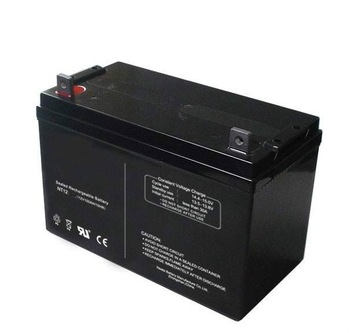How Does a Solar Battery Backup Work?
2020.09.08
With the cost of energy skyrocketing in every wake, it would be a good idea for individuals and institutions alike to find alternative sources to reduce their expenses. Conventional electricity costs can be very costly for companies whose major area of operation is in manufacturing. Apart from the cost, alternative sources of energy such as solar, are clean and help reduce carbon emissions significantly.
You do not need to worry about the technicalities involved in the installation of a solar system since you can just reach out to Sandbar Solar & Electric for a professional and affordable service. It is important, though, that you have at least some knowledge of how a solar battery backup works.

Solar Panel
A solar backup begins its process from the solar panel mounted on your roof. The panel draws energy from the sun and converts it into electrical current. This current is then transferred to the electrical system as either DC (direct current) of AC (alternating current). Most systems use alternating current to power up various apparatus in your establishment.
Charging the Battery
During the day, you do not need the battery as the solar panel passes on electricity directly into your system. However, when the sun is not shining or at night, you need a backup source of electricity. It is at this point that you will need to use a battery. During a bright sunny day, your solar can power up your entire home with an excess of energy. It is this excess energy that charges your battery. Without a battery, this energy would flow back into the system through a process called net metering. It is good thus to have a battery to store up this energy for later use.
Batteries can either be AC or DC. In case you own an AC battery, it will have an in-built converter to transform the energy it receives into DC for it to charge. Batteries with an AC /DC converter are a bit expensive and lose a bit of some energy as heat during the conversion process. A DC battery, on the other hand, receives energy from the panel without the need to convert the same for it to charge.
Powering Your System
During power outages, your battery automatically takes over the power supply. You need to have an external AC converter to convert the DC energy from the battery back to AC to power your electrical appliances. The electrical energy stored up in charging now provides you with power without the need for light and heat energy from the sun. Batteries vary in size and for that matter by capacity. The amount of power back up you will have depends on the size of the battery and its efficiency at storing energy. You can have more than one batter as your back-up especially during chilly days so that you can take full advantage and charge your batteries when the sun appears. A solar back-up is an excellent way of ensuring that you keep your appliances running whether or not you are connected to the main grid.
More Articles
Copyright © Fooyoh.com All rights reserved.